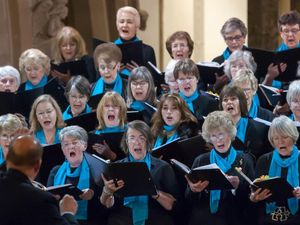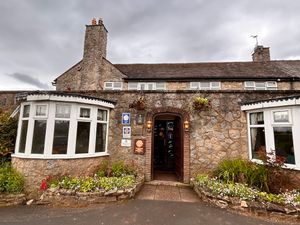Experts uncover secret vault
These are the first amazing images of a hidden burial vault that lay undiscovered underneath a south Shropshire church for 150 years.

These are the first amazing images of a hidden burial vault that lay undiscovered underneath a south Shropshire church for 150 years.
The chamber at St John's Church in Bishop's Castle contains 16 coffins.
An inscription on one bears the name Byne Oakeley, with the date 1825. It is believed the bodies in the coffins are all members of the Oakeley family, an important and well-thought of family in the area at the time.
These are the first amazing images of a hidden burial vault that lay undiscovered underneath a south Shropshire church for 150 years.
The chamber at St John's Church in Bishop's Castle contains 16 coffins.
An inscription on one bears the name Byne Oakeley, with the date 1825. It is believed the bodies in the coffins are all members of the Oakeley family, an important and well-thought of family in the area at the time.
Architects were called in after the partial collapse of an unknown chamber below the floor last year. This led to the discovery of the burial vault.
Work has begun to make the church safe but experts said today that further investigations by structural engineers and architects are needed.
Stephen Lowick, a member of the parochial church council, said: "The architect and a structural engineer will come to the church and will open up the vault again for them to have a look at how bad the structural problems are and at the same time we will seek to identify the other coffins."
James Wade, of Shrewsbury-based architects Arrol and Snell Ltd, said the original church was believed to have burned down and been rebuilt in 1859. Protected by the vault, the coffins survived the flames.
"Nobody knows a lot about the older church but we are guessing that it was part and parcel of the chancel of the older church," he said.
Mr Wade said vaults were not unusual in churches.
"People wanted to be buried in the church, there was a feeling that to be buried in the church was a good thing and it was the privilege of those who could afford it," he added.





